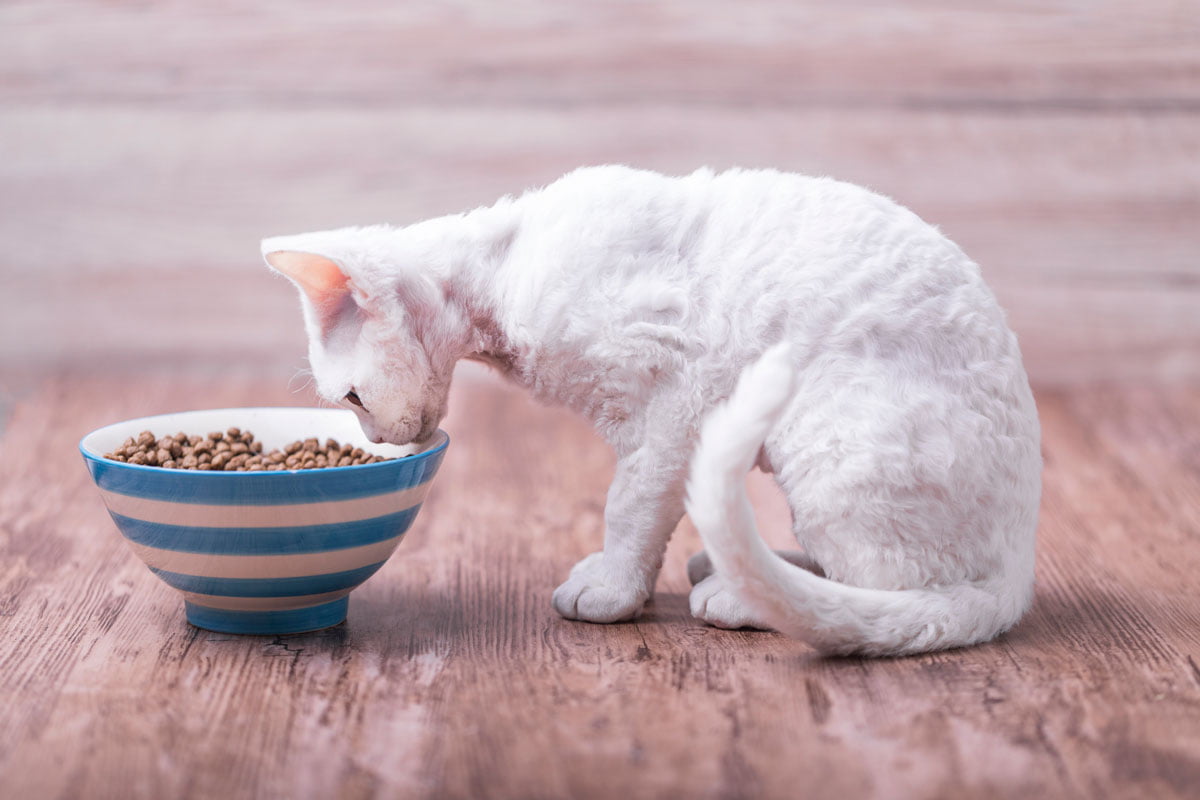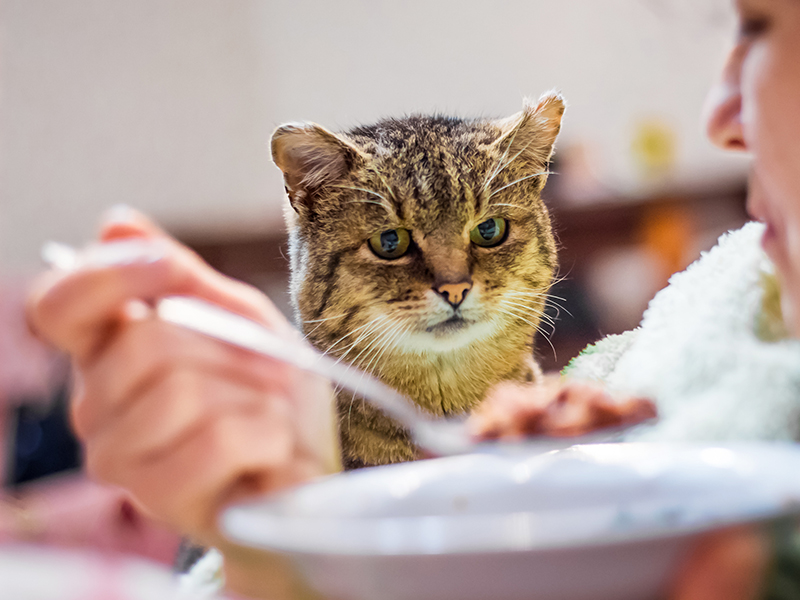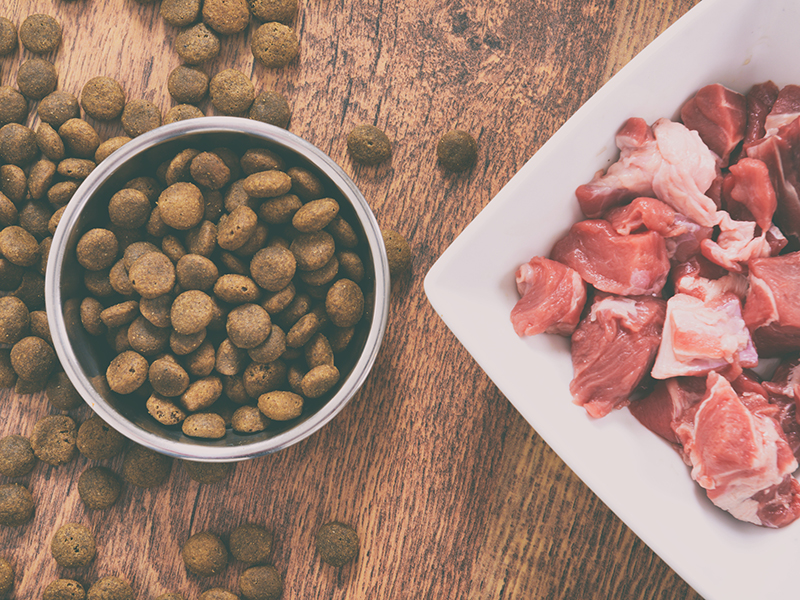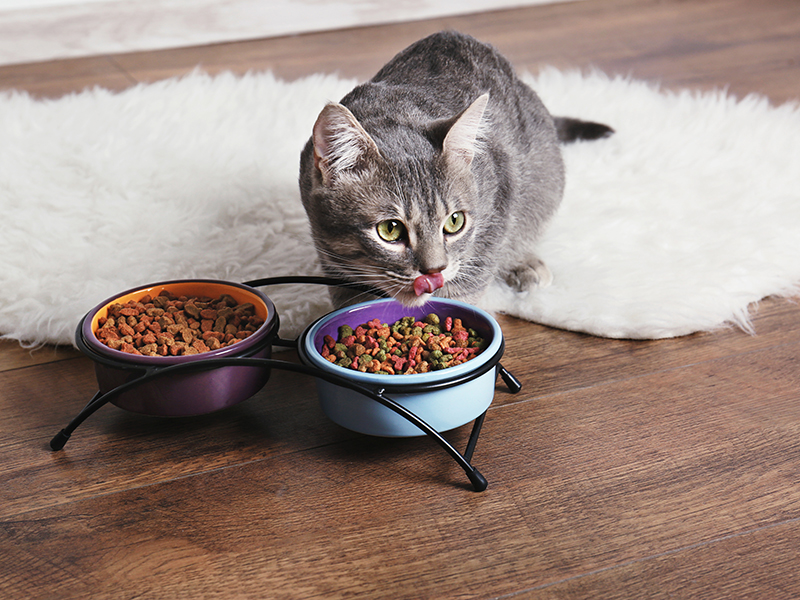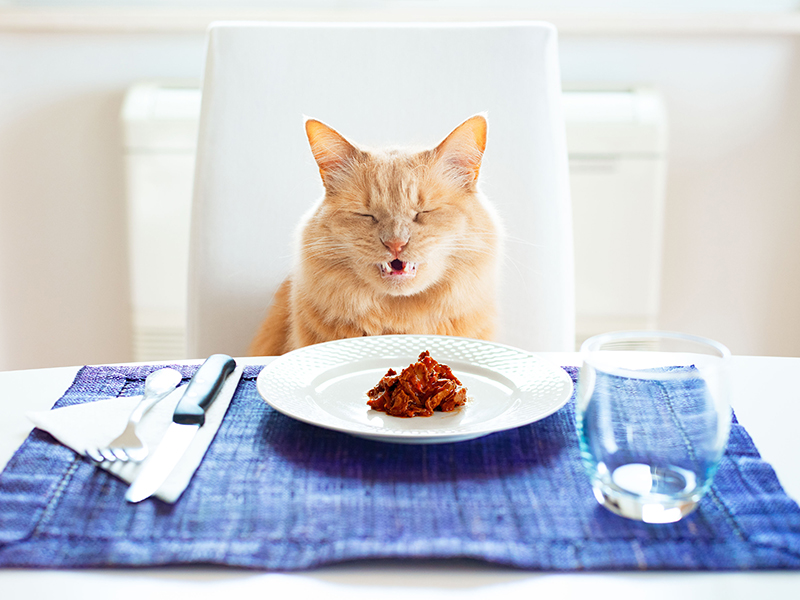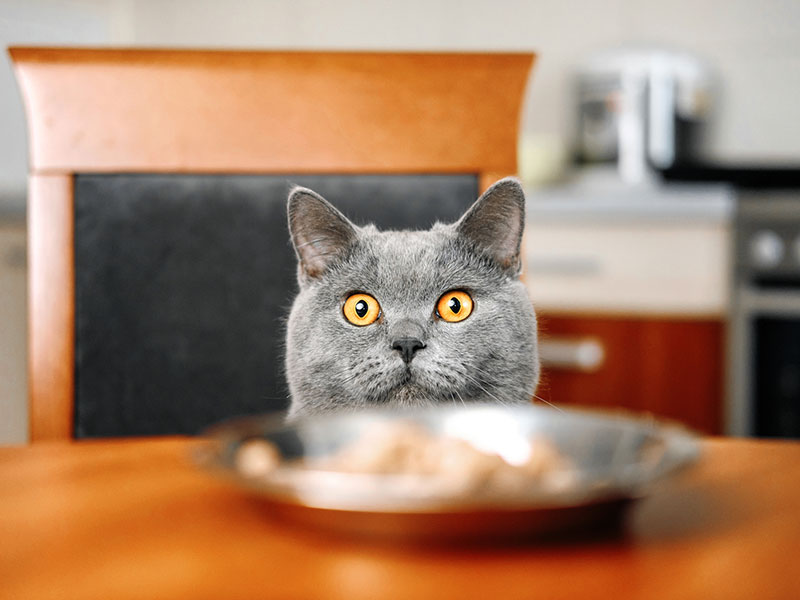Owners and veterinarians are most often focused on a cat’s weight when it’s due to issues with obesity. However, the problem can also occur on the opposite end of the spectrum. Your cat may be naturally underweight or may have lost weight unexpectedly. Whatever the case, it’s important to visit your vet so that they can help you with your pet’s diagnosis. Guessing at your cat’s ailment is only a disservice to them.
After discussing the root cause of the weight loss, you can reach a conclusion on how to treat it. Keep reading for the ultimate guide for helping your skinny kitty and cat food for weight gain 101.
Why is my cat losing weight?
Causes of weight loss in cats can be difficult to detect. For one, most cats have a significant coat, which can easily disguise any weight loss until it is substantial. Unintentional weight loss in cats can be caused by simple lifestyle changes to severe illness, and while this change isn’t always serious, it isn’t routine enough that you should take it in stride. Checking in with your vet is always a good idea when you notice your cat is losing weight just in case there is an underlying medical issue. Here are some of the top reasons your cat could be losing weight. This is not an inclusive list, and there are many more that your veterinarian may make you aware of, which is why it’s essential to include them in the conversation!
Why visit the vet?
Guessing at the reasons for your cat’s weight loss is doing them a disservice. As soon as you notice that your cat is losing weight, be sure to give them a call to confirm your reasons. They’ll give them an exam and make recommendations based on their findings. If nothing more, your vet can document the weight loss in their files, and it can serve as a baseline if there is a larger medical condition that takes a few months to diagnose.
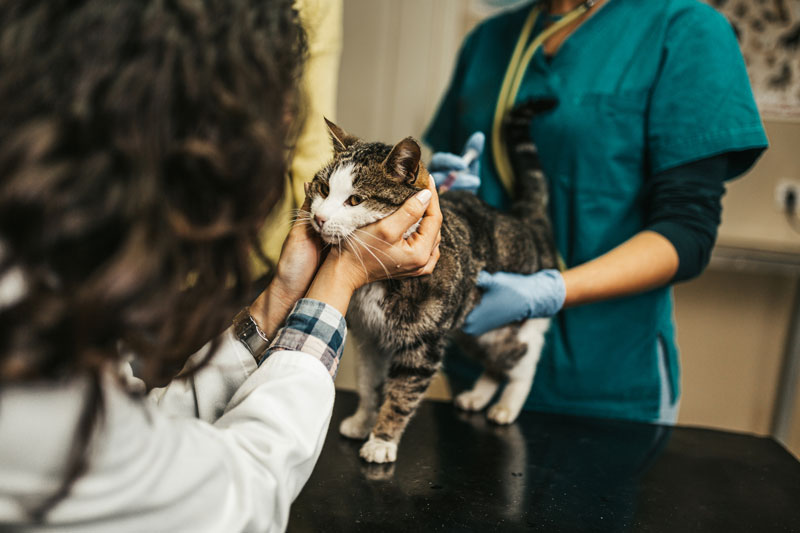
How do I make my cat gain weight?
You’ve visited the vet, and you have an official diagnosis. How do you make sure they actually gain the weight back?
Step #1
Give them access
If you’re a dog and cat owner, you may initially struggle with this mentally. There are dogs out there who would never stop eating if you left food out for them! Numerous pet owners are hesitant to simply let their pets “graze” on dry food that’s left out for them all day long. However, cats often prefer to eat this way. They enjoy small meals and having food available all day long can help them eat more than they would if it were available only for a short period of time. Check with your vet to see if your cat is a good option for grazing.
Step #2
Prevent guards or obstacles
Your cat should be able to eat in a safe, non-threatening environment. This is a common issue in a multi-pet household. Whether you have multiple dogs or cats or a mix of both, having any pet guard the food may prevent the other from having their fill. Pay attention to this and prevent it from happening! Your cat should be able to eat in peace in order to gain weight.
Additionally, as mentioned above, your cat may not have liked the location of their bowl (especially if they are aging) or be hesitant to go near any disturbing element of the house (air conditioner, vacuum, noisy pipe, etc.). Be conscious of where you place their food bowl because it can make a big difference!
Step #3
Offer options
Let’s face it. Cats are picky creatures, but they can’t tell that they don’t like the food you’re feeding them like a human could. If they’re simply not eating their food (and there’s no medical reason why), try switching it up. Instead of dry kibble, give them wet food. Instead of simple food, dress it up a bit. Offer them different flavors and consistencies and see if that makes a difference.
Step #4
Give them something special
Be sure to maintain a healthy diet, but don’t hesitate to give your cat something special if you’re trying to help them gain weight. Give them a treat by shredding a small amount of rotisserie chicken into their food (which most cats love) and then enhance its aroma with 10 seconds in the microwave. You can also try adding a small amount of liquid from the canned tuna or unsalted chicken broth to your cat’s food to help dress it up a bit.
Step #5
Be patient
Helping your cat gain weight can be a difficult process. While some cats need more food, others need special types of food to really get the process going. A pet weight loss program should always involve a veterinarian and lots of patience.
Final thoughts
There you have it! The complete guide to helping your skinny kitty gain weight. The first step to this process is taking your cat to the vet so they can be properly diagnosed. Because weight loss can be a sign of an underlying medical issue, always head to the vet when you notice this occurring. After that, you can start on your discussed food regime to help your cat gain back their weight.

